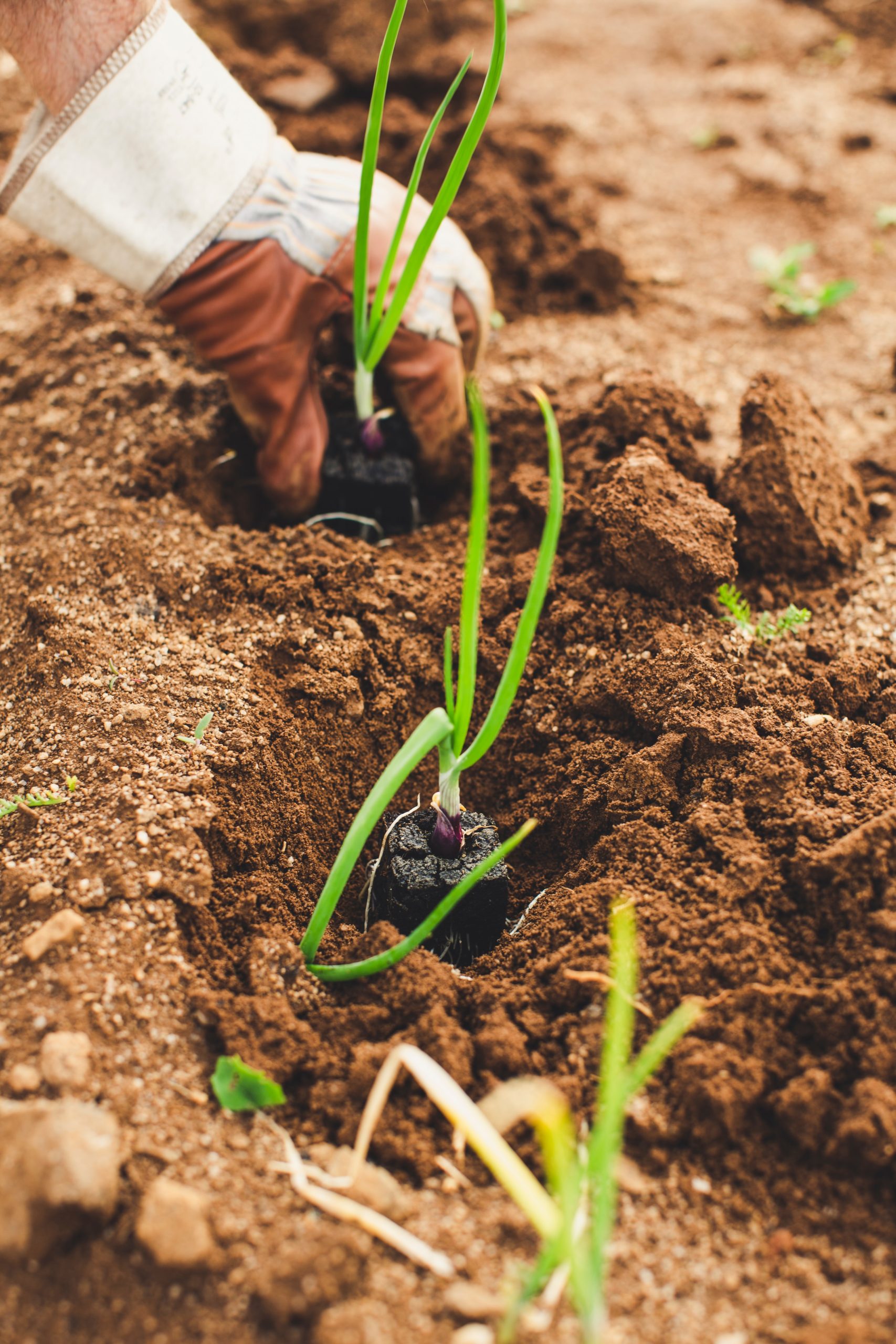Subtitle 1: Reducing Waste and Landfill Impact
Composting is a simple and effective way to reduce waste and minimize our impact on landfills. Food scraps and yard waste make up a significant portion of municipal solid waste, but instead of sending them to the landfill, we can transform them into nutrient-rich soil through composting. By diverting organic waste from landfills, we can reduce greenhouse gas emissions and contribute to a more sustainable environment.
Subtitle 2: Enriching Soil and Improving Plant Growth
Compost is often referred to as “black gold” because of its incredible benefits for soil health and plant growth. When added to garden beds or used as a top dressing, compost improves soil structure, enhances water retention, and promotes nutrient availability. It acts as a natural fertilizer, providing essential nutrients like nitrogen, phosphorus, and potassium, which are vital for plant growth. Additionally, compost helps suppress plant diseases and pests, reducing the need for chemical pesticides.
Subtitle 3: Enhancing Soil Biodiversity and Microbial Activity
Composting encourages the growth of beneficial microorganisms and soil biodiversity. These microorganisms break down organic matter, releasing nutrients and creating a healthy soil ecosystem. The presence of earthworms, bacteria, fungi, and other decomposers in compost enriches the soil with beneficial microbes, which aid in nutrient cycling and improve soil structure. This enhanced microbial activity leads to healthier plants and a more resilient garden ecosystem.
Subtitle 4: Reducing the Need for Chemical Fertilizers
Composting reduces our reliance on chemical fertilizers, which can have negative environmental impacts. By recycling organic waste into compost, we can create a sustainable source of nutrients for our plants. Chemical fertilizers often leach into water bodies, causing pollution and harming aquatic life. Compost, on the other hand, releases nutrients slowly and reduces the risk of nutrient runoff, making it an eco-friendly alternative to synthetic fertilizers.
Subtitle 5: How to Start Composting at Home
Starting a composting system at home is easier than you might think. Here are a few simple steps to get started:
1. Choose a composting method: There are various methods to compost, including traditional backyard composting, vermicomposting (using worms), and compost tumblers. Select a method that suits your space, time, and needs.
2. Collect compostable materials: Gather food scraps like fruit and vegetable peels, coffee grounds, eggshells, and yard waste such as leaves and grass clippings. Avoid adding meat, dairy, and oily foods, as they can attract pests.
3. Create a compost pile or bin: Find a suitable location for your compost pile or bin. Layer the compostable materials, alternating between green (nitrogen-rich) and brown (carbon-rich) materials. Keep the pile moist but not soggy, and turn it occasionally to aerate the compost.
4. Maintain the compost: Regularly add new compostable materials, ensuring a balance between green and brown materials. Monitor the moisture level and turn the pile every few weeks to speed up decomposition.
5. Harvest and use the compost: After several months to a year, depending on the composting method, your compost will be ready to use. It should have a dark, crumbly texture and an earthy smell. Use it to enrich your garden soil, potting mixes, or as a top dressing for plants.
Subtitle 6: Conclusion
Composting is a sustainable practice that offers numerous benefits. By diverting organic waste from landfills, we can reduce waste, improve soil health, and promote a healthier environment. Whether you have a small backyard or a balcony garden, composting is an accessible and rewarding way to turn food scraps into nutrient-rich soil. Start composting today and contribute to a greener future.










